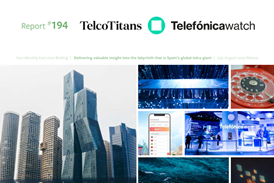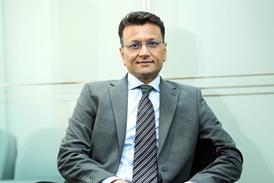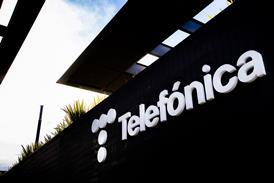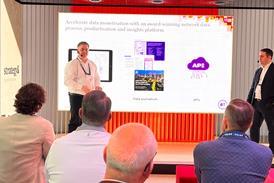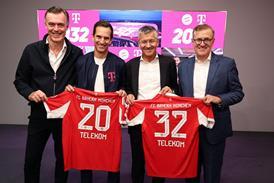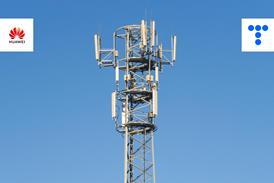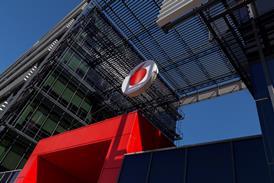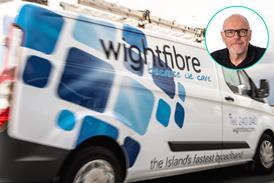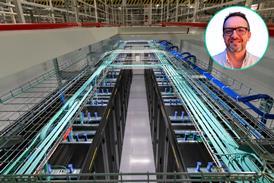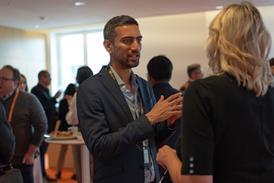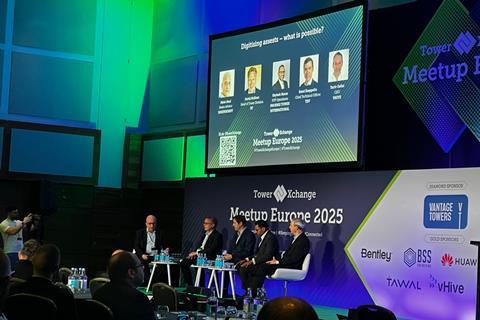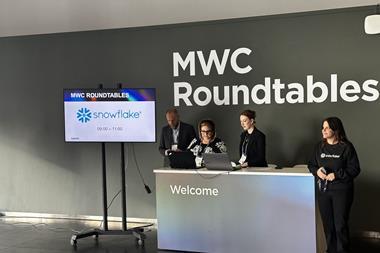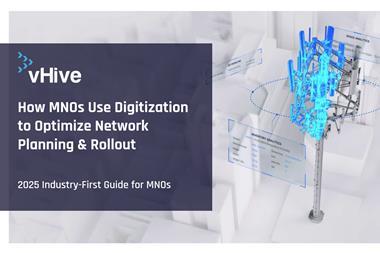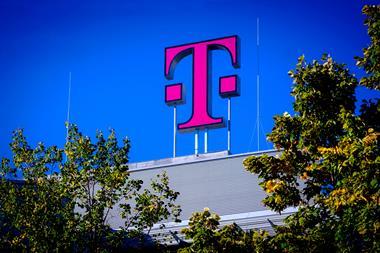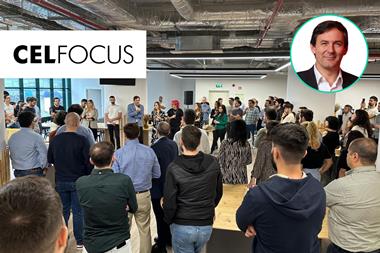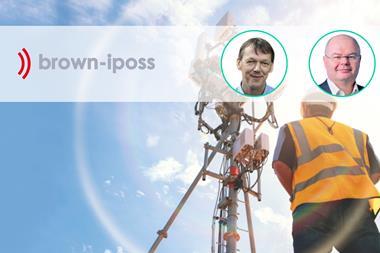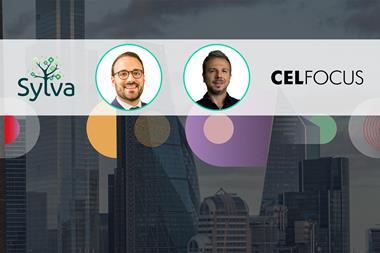- Digital twin technology has evolved beyond simple data collection, with its primary value for physical assets now lying in providing actionable insights that drive operational efficiency, revenue assurance, and cost savings for mobile network operators and towercos.
- By creating a ‘single source of truth’ for physical assets, digital twins can reveal significant, and sometimes “frightening”, discrepancies between documented plans and field reality, enabling more effective network optimisation and maintenance.
- vHive’s SaaS model and API integration allow digital twin data to be embedded across an organisation’s workflows, offering a rapid return on investment that can often be funded from existing site survey budgets.
- Digital twins serve as a ‘killer app’ in towerco M&A, providing acquirers with rapid, accurate due diligence on infrastructure assets, guiding deal terms and subsequent operational planning.
- Successful adoption of this transformational technology requires top-down leadership, with benefits maximised when cross-functional and breaking down organisational silos.
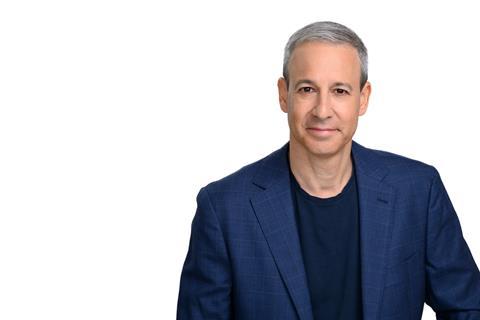
Speaking to TelcoTitans, Yariv Geller, CEO and co-founder of telecoms digitisation leader vHive, discussed how his business continues to refine its positioning as a key element of mobile network operator, tower and other infraco strategies for modernising their approaches to managing and monetising physical infrastructure.
vHive, says Geller, has always been a software company, but the work it can do with operators has evolved. This ranges from controlling drones autonomously inventorising physical network assets, to more expansive initiatives leveraging insight that can be enabled through digital twins.
As a digitalisation trailblazer, vHive is working to ensure that infrastructure clients are working from a foundation of accurate data. This has traditionally been a challenging, labour‑intensive, and time‑consuming process. Manually-collected data, particularly at scale, is highly susceptible to human error and variability, making it difficult to keep current and reliable.
This is table stakes for Geller, however, who also recognises that accelerating availability of accurate information is just a starting point, and is guiding his business to expand and adapt to reflect a more fundamental reality.
“MNOs don’t want data”, he says, “they want insights”. Geller believes digital twin technology has matured to a point where it can deliver this.
Right now, he particularly sees the stars aligning for adoption of digital twins as a key element of modern network management, opening new revenue opportunities as well as efficiencies.
Accelerating digital twin integration with through ubiquity
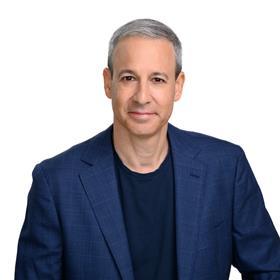
Generating a digital twin can now be “extremely fast”, according to Geller, with vHive operating on a Software‑as‑a‑Service (SaaS) model that essentially requires just a list of sites and locations to get started.
A proof of value may entail deployment at a sample of sites to deliver an idea of the type of discrepancies that could extend across the network, thus determining the scale of the opportunity for optimisation. For larger players, this can amount to a statistical demonstration of variance between what the customer thinks their sites look like, and what their sites actually look like in the field.
vHive provides an application programming interface (API) that makes the data accessible across multiple systems, and this is becoming more powerful as MNO and infraco digital transformation continues. “Because many of our customers have shifted to more SaaS‑based, modern, API‑type systems, it’s a lot easier for us to interface with and transfer information”, says Geller.
The API and SaaS models enable multiple disciplines to leverage digital twin data across the towerco/MNO ecosystem (including engineering and network operations, lease management, sales and operations, maintenance service provision, and M&A) and to share accurate and similar information across them all.
“Exchanging data between systems is of high value”, Geller affirms, noting the example of a customer in North America where vHive’s API‑derived data on “the truth from the field” is examined alongside build plans. It then, for example, employs automated analysis to identify where equipment is missing from manifests, sub‑optimally placed, or creating excessive load on a tower.
This level of insight offers financial benefit, too.
Geller reflects that, across this year’s TowerXchange event in London, operational efficiency was a key theme, with the potential for savings and to extract greater value out of assets to the fore. And digital twins and the information they can provide are already delivering this for users, he says. “The technology is here to help us work in a cheaper, faster and better way”, he says, citing opportunities for revenue assurance, identifying overlooked assets, and minimising truck rolls and site visits, as well as sharing site key data across a business — “it’s about getting things done right the first time, and having the data there available”.
This is all part of the wider evolution of the sector, and vHive’s vision for its role as it grows to encompass towercos, MNOs, service providers, and contractors facilitating the ecosystem, along with other industry verticals and new use-cases. “Even if you have this big vision from day one, you need to attack it piece by piece”, he believes.
Speaking truth to towers
Geller sees the evolution of digital twin technology reaching a point where it will be “the single source of truth that everybody’s working from”.
Delivering this single source of truth does not come without challenges — including, notably, when it contradicts assumed knowledge, according to vHive’s CEO.
He considers that vHive is already able to provide the reality of what is happening in the field for MNOs and towercos, giving an accurate picture of what equipment is installed, and where. Awkwardly, this can on occasions differ considerably from owners’ preconceptions.
“Sometimes, we come back and we show discrepancies that are significant, and that prompts a strong reaction”, Geller notes. While infrastructure owners may readily accept minor differences, showing significant difference to the previously perceived and documented environment “is not an easy message to convey”.
Geller appreciates that, when infrastructure reality is far adrift from expectations, this can be a “frightening” message to hear, but this ultimately contributes to robust confidence in the vHive approach.
“The more we got challenged, the more we demonstrated that we’re actually providing accurate information from the field, and by now we have a lot of confidence when we’re showing results because we’ve been challenged multiple times by significant companies, and we’ve always been able to back up our findings.”
Geller.
The value of a clear picture of infrastructure becomes very apparent to MNOs when it enables them to ensure they are making the most of their investments, and achieving the best performance possible with equipment deployed in the most effective and efficient way, according to Geller.
“You invest so much money in spectrum, invest so much money in equipment, but if somebody then installs it wrong, you’re getting poor coverage and poor service.”
Geller.
Maintaining an M&A mindset for assets
Digital twins have a role to play in M&A activity, as has been seen with Phoenix Tower International (PTI), where vHive technology has been used to complete due diligence of sites. This delivers an accurate view of the assets at a location, which can differ from a deal spreadsheet listing. As a relatively young company, digitisation has become standard operating procedure for PTI, as shared by the business at the recent TowerXchange event.
In one of the largest regional tower digitisations in the region at the time, another client in Africa utilised digital twins as it acquired several thousand sites from an MNO. Through working with vHive to survey the new sites and identify where they were overloaded, the client was able to identify and address situations where towers and workers were at risk, and ensure the terms of its agreement reflected an accurate picture.
For vHive, M&A deployments have been something of a “killer app”, enabling the business to grow important accounts. “Once people get used to having the data and the insight, it very quickly becomes part of the ongoing process and the ongoing workflow”, Geller says, with its value translating into greater capital and operational efficiency.
“[vHive adoption] starts with getting the baseline of what the sites look like — ‘what’s there, what’s the condition of the towers, what’s actually installed on them, where are the problems we need to fix?’. Then it becomes part of an ongoing repeat model — ‘let’s maintain the site every year, let’s take a look at what has changed, what requires attention, how does it affect new builds and modifications?’, and so on.”
Geller.
Supporting MNO network optimisation
While not seeing vHive as an optimisation company as such, Geller guides that it plays a key role in optimisation through its grounding in field reality — “we’re providing an essential basic starting point for you to better optimise”.
He notes an example where an MNO was using RAN optimisation software to finetune network performance, “but that assumes a starting position where equipment is pointing in the direction it’s supposed to; if your base installation is off, then your optimisation is not optimising [as was the case in this instance]”.
Geller claims “return on investment is fairly immediate” for clients’ digitising radio sites, based on uncovering discrepancies and issues, with maintenance processes and costs also reduced. “This is on the tangible, very obvious stuff”, he says, adding that further gains come as less immediately evident secondary issues are identified.
The vHive CEO also cites the ability to help deploy new equipment faster, shortening the ‘capital in progress’ period where money has been spent but the benefits of investment are not yet flowing. “People want to shorten the process, and to have the assets start generating revenue as quickly as possible”, he notes.
Deploying digital twins “is not a huge investment” for infrastructure players, Geller asserts, and he considers that this can often be covered by budget already allocated for site surveys — “we’re just doing it faster and more efficiently”. This comparatively modest spend is also said to have accelerated return on the investment, with potential for greater value as the digital twins’ deployment starts to scale. He says that many customers have been able to reduce annual budgets after working with vHive.
“You see more value as you digitise more of your portfolio, and also when you start integrating the data into other systems, because then you have even more efficiencies and information flowing between multiple systems.”
Geller.

Source: vHive
vHive has produced an eBook outlining strategies for MNOs that are exploring how digitisation can accelerate network upgrades and cut costs, featuring proven approaches and use-cases illustrating the impact seen with real‑world deployments.
The next wave of expansion — going beyond the mast
Based on the comprehensive capabilities of vHive’s solutions and the potential of digital twins, Geller sees opportunities for his business to expand beyond towers, as networks are modernised and become more sophisticated. vHive is already versatile with its ability to cover any type of tower structure, and Geller envisages extending its technology to other assets owned by customers and into new market verticals.
The level of automation within vHive’s software “gives us a lot of flexibility in terms of the operational model”, he says. For customers, this means they can deploy their own staff to use the solution in the field, or delegate to a maintenance partner at the site. With drones effectively self‑operating, this can amount to just “another small marginal task” that can be completed on a site visit.
The vHive data-capture technology is not restricted to drones capturing tower data, with mechanisms including 360̊ camera photos from mobile devices among the additional sources that can be fed into the single platform. This means the capability can also be used to assess deployments on inaccessible rooftops (which are becoming more prevalent in dense urban areas), for shelters that house racks of communications equipment, and for the growing number of exchanges scheduled for decommissioning. The same technology can also be applied to the rapidly rising number of data centres.
As vHive’s role expands beyond the tower, Geller imagines expansion into the adjacent areas of asset management and structural analysis. “I see customers pushing us to blur the lines between those”, opening up new possibilities for clients to derive value from their digital twin deployments, he says.
As so often with transformational technology, leadership involvement is critical, regardless of the direction an operator or towerco is taking — particularly as the digital twin is most effective as a cross‑organisational and cross‑functional tool.
“The best change processes come when leadership says, ‘okay, we recognise this is the way things are going to work in the future’, and they promote change from the top.”
Geller.
Geller sees pervasive adoption of digital twins across communications infrastructure as inevitable, and that innovation can start delivering benefits quickly for MNO and infraco leadership prepared to embrace working differently.
“It’s obvious to us that this is the way everybody will be working in ten years from now. Our goal is to make that happen now and shorten that curve.”
Geller.
vHive: growing at the pace of transformation
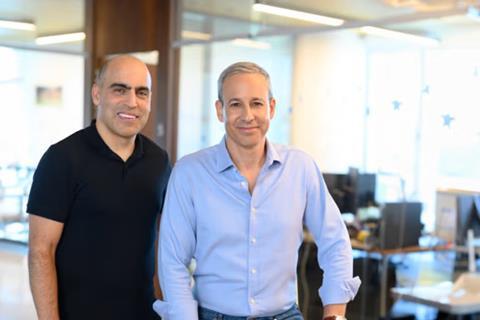
Geller describes vHive as a growth-stage business, evolving from its origins as a software startup where the initial focus was on delivering data to customers through the automation of drones.
This evolution has been driven by customer demand as much as technology. “Very quickly, your customers say, ‘okay, now that you’ve brought me a bunch of really high quality data, help me figure out what to do with it’”, he says.
This has led vHive to combine data with 3D digital twins capable of generating network insights valued by towercos, MNOs, and other elements of the infrastructure ecosystem.
vHive has grown at the same time as the potential uses of its technology and data have extended across the value chain. “We grew from having a solution that solves a specific problem, that could be extended to the next problem and the next, until we were covering a very broad workflow across the industry”.
The first use-cases for vHive technology centred on site inspection, but this quickly expanded to enable a greater understanding of all components at a site and their installation, before further evolving to provide a digital twin. Another step forward saw the conversion of the 3D reality model to a BIM (building information modelling) format. This can be utilised in a variety of different planning tools, providing a sophisticated and flexible model showing interrelationships between components.
vHive also has information on antennas owned and operated by network operators, which also opened up new opportunities. “Our ability to take the same data set and now analyse it with different analytical tools meant we could go to the MNOs and say, ‘hey, look, you planned on building something a certain way; we can actually verify that for you’”, explains Geller.
TowerXchange: Digital twins consensus builds
The TowerXchange panel, Digitising Assets — What is Possible?, demonstrated not only that digital twins are recognised as valuable to towercos and MNOs, but that current deployments are proving them to be increasingly essential.
Geller appeared on the stage with senior figures from PTI, French infraco TDF, and UK operator BT Group. vHive client PTI is well advanced with its adoption of digital twin technology and its Operations SVP Shylesh Moras shared how more than 80% of its 30,000 sites are now within this setup, bringing commercial benefits to the business including significant tightening up of revenue assurance.
The importance of accurate data was also a central theme. BT’s towers lead David McKean discussed the steps taken to implement a data-first approach and ensure that “a single source of truth” exists within the operator’s estate as a precursor to digital twin implementation, while TDF Towers’ CTO extolled the virtues of accurate tower data built into a digital twin that can deliver benefits across operations.
The panel also showed enthusiasm for greater collaboration across the sector to fully leverage digital twins’ benefits, and discussed ways to overcome traditional reservations on data sharing to streamline operations, maintenance and new service delivery, as well as developing digital twins from being a specialist application towards becoming a platform of trust for the sector.
Topics
- Africa
- API
- Autonomous networks (zero-touch)
- BT Group
- Data science (analytics)
- David McKean
- Digital twin
- Drones
- Europe
- Eventwatch
- Mergers and Acquisitions (M&A)
- MNO
- Network & Infrastructure
- North America
- Phoenix Tower International (PTI)
- RAN (radio access network)
- Revenue assurance
- Shylesh Moras
- TDF
- TowerCos
- TowerXchange Meetup
- vHive
- Yariv Geller

